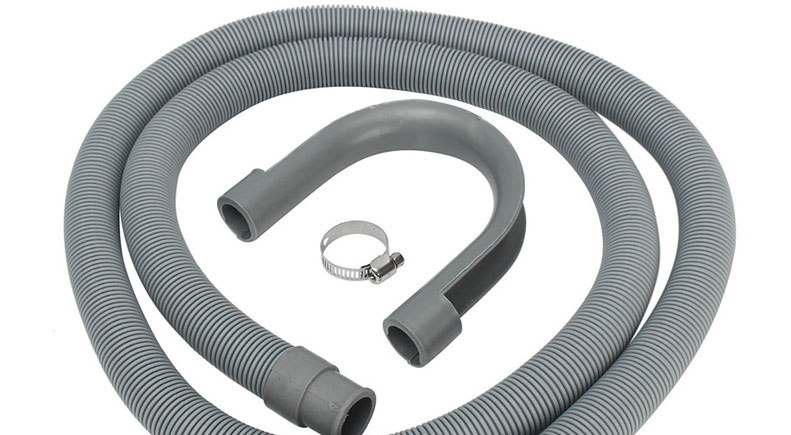There are many reasons why it is advisable to invest in new washing machines or upgrade from an older model. It will make your clothes cleaner and efficient. Also, there’s the prospect of shorter cycles that will mean less time around searching for the things that need doing while trying not to forget something essential at home, such as kids playing sports. Some TV ads suggest that certain brands can make people happy while doing laundry. While this is contingent on the individual’s preferences and the features offered by every model, the reality of these devices works best when properly installed.
Connectors for Drains from Washing Machines Hose
There are two ways of connecting the drain pipe from your washing machine. One option is by installing a dedicated vertical pipe, or you could suspend it above an open slop sink for easy disposal of wastewater.
1. Slop Sink Connection
There are several ways to empty your washer, but the slop sink is one of them you ought to take into consideration. This type of installation is a risky one, as it poses several risks. It could result in flooding in the filter, as there is a gap of air between the hoses. Furthermore any force that is applied by the spin cycle can damage anything inside either device.

2. Dedicated Drain Pipe
A separate connection could be a better option for the drain line of your washing machine. The pipes that are specifically designed will typically handle more water than the drains inside the kitchen sink, and they aren’t as likely to get blocked or become dislodged. They can also be found at higher altitudes. This is due to the fact that there is less risk making use of these pipes instead of joining them into a single indoor line which runs through an opening (or door).
3. Washing Machine Drain Hose Maintenance
Connections to the hose may be a little complicated and confusing, but when you set it in a proper way, your house will be cleaner for longer! It is also important to ensure that the hose and attachments are maintained free of dirt. You can add filters to the drain pipes at both ends. If you need to, make your own from socks or pantyhose. This will prevent particles and lint from accumulating within the pipes.
Common Materials for the Washing Machine Drainpipe
1. Stainless Steel Braided Drain Line
The material isn’t as flexible as it looks when it’s referred to as stainless-steel. It’s wrapped in a plastic coated mesh that is able to withstand physical harms like twists breaks, and bursts more easily than other types of materials on the market today! Some brands will label their products as “burst-free” to show you just how much attention was paid to this specific aspect.
2. Rubber Drain Hose
The rubber hose is a great alternative to the more expensive plastic and metal ones. It has been in use for a long time. Newer models feature reinforced rayon mesh or braided to boost the strength. However, if you often use it, you will need one that’s strengthened. The models are pre-designed and don’t need to create them from scratch.
For more information, click flexible drain pipe for sink